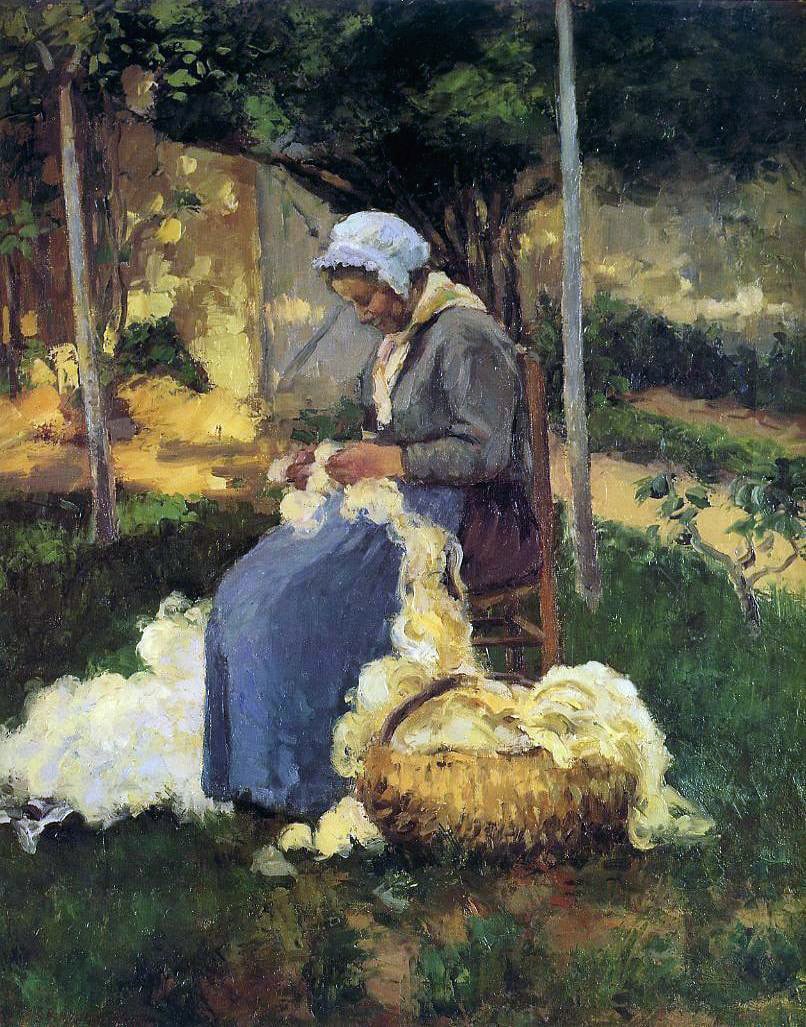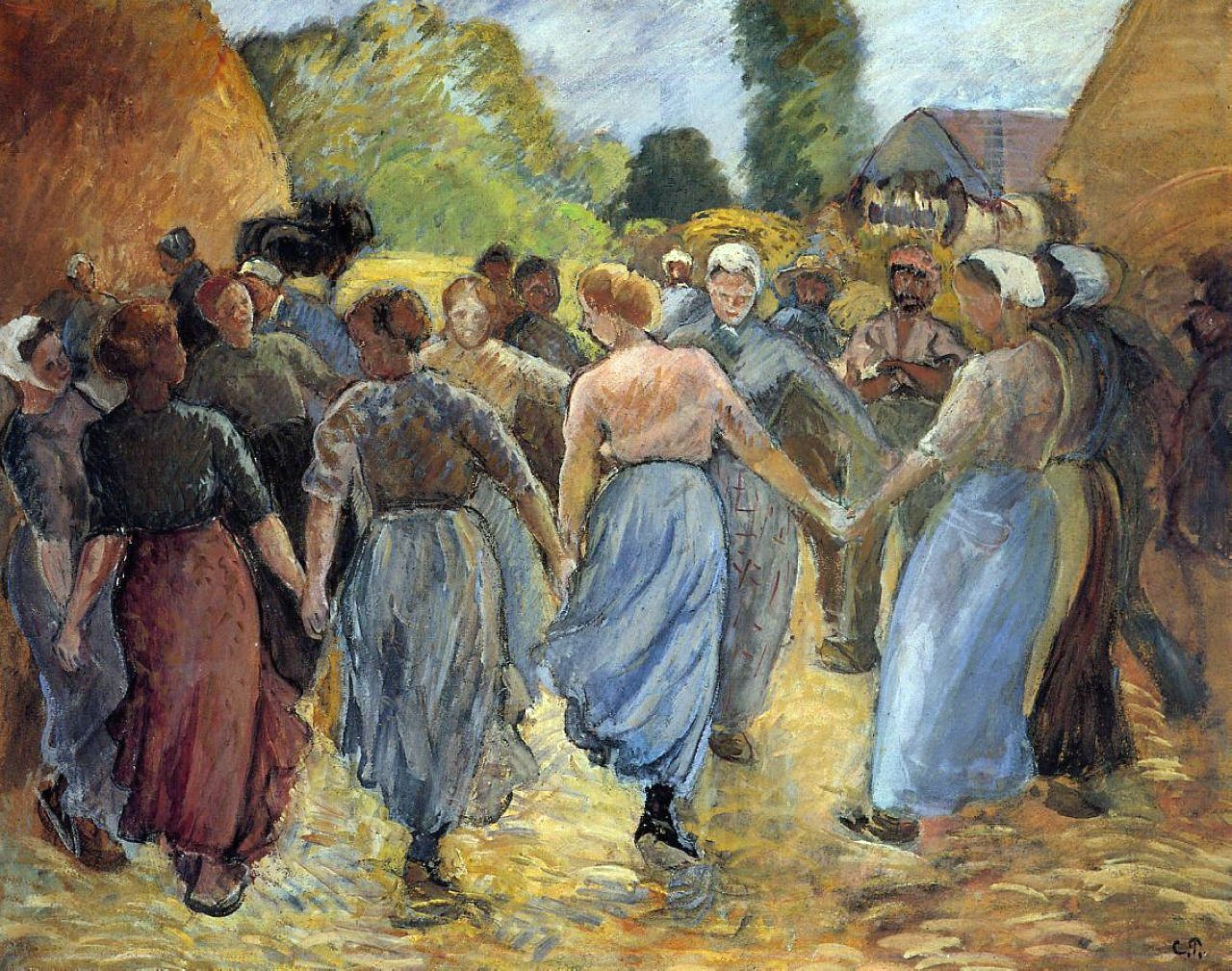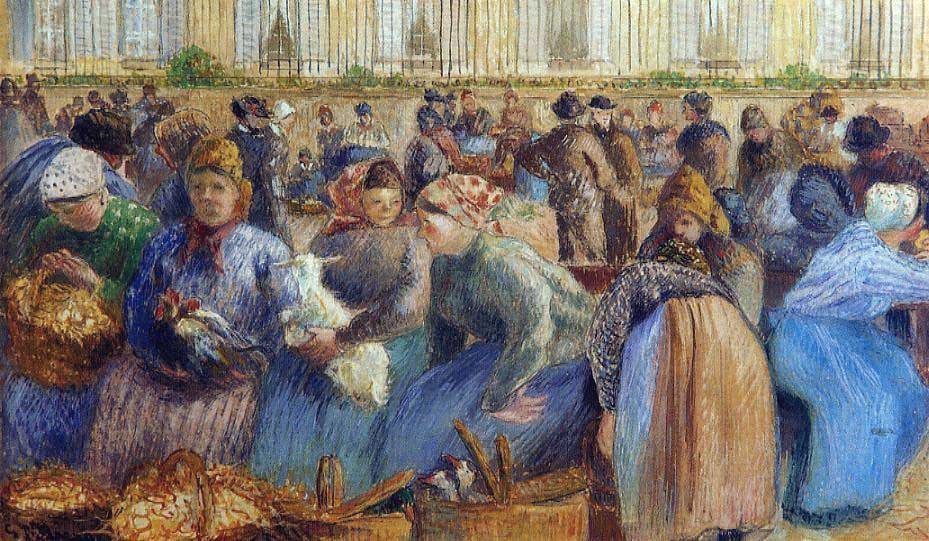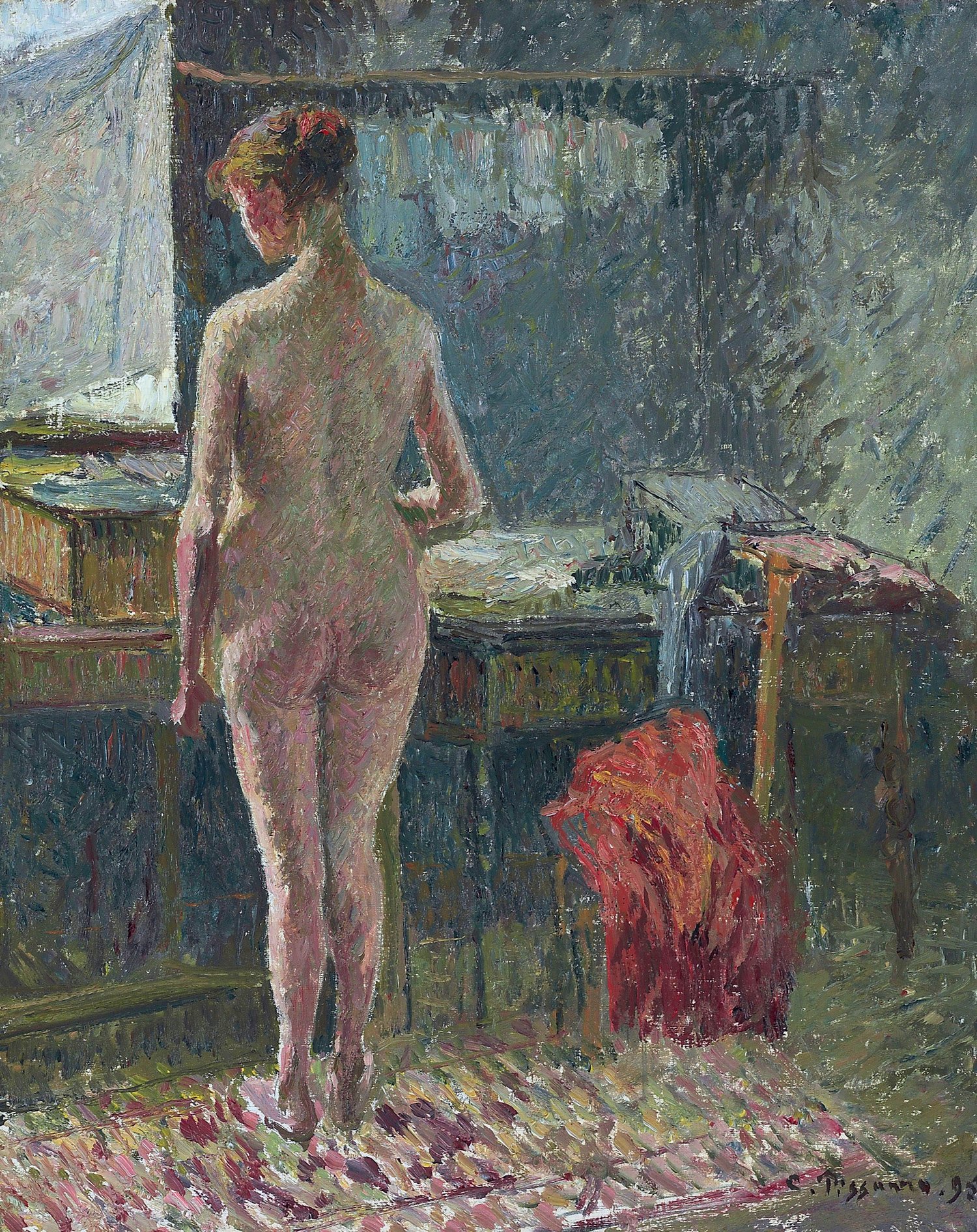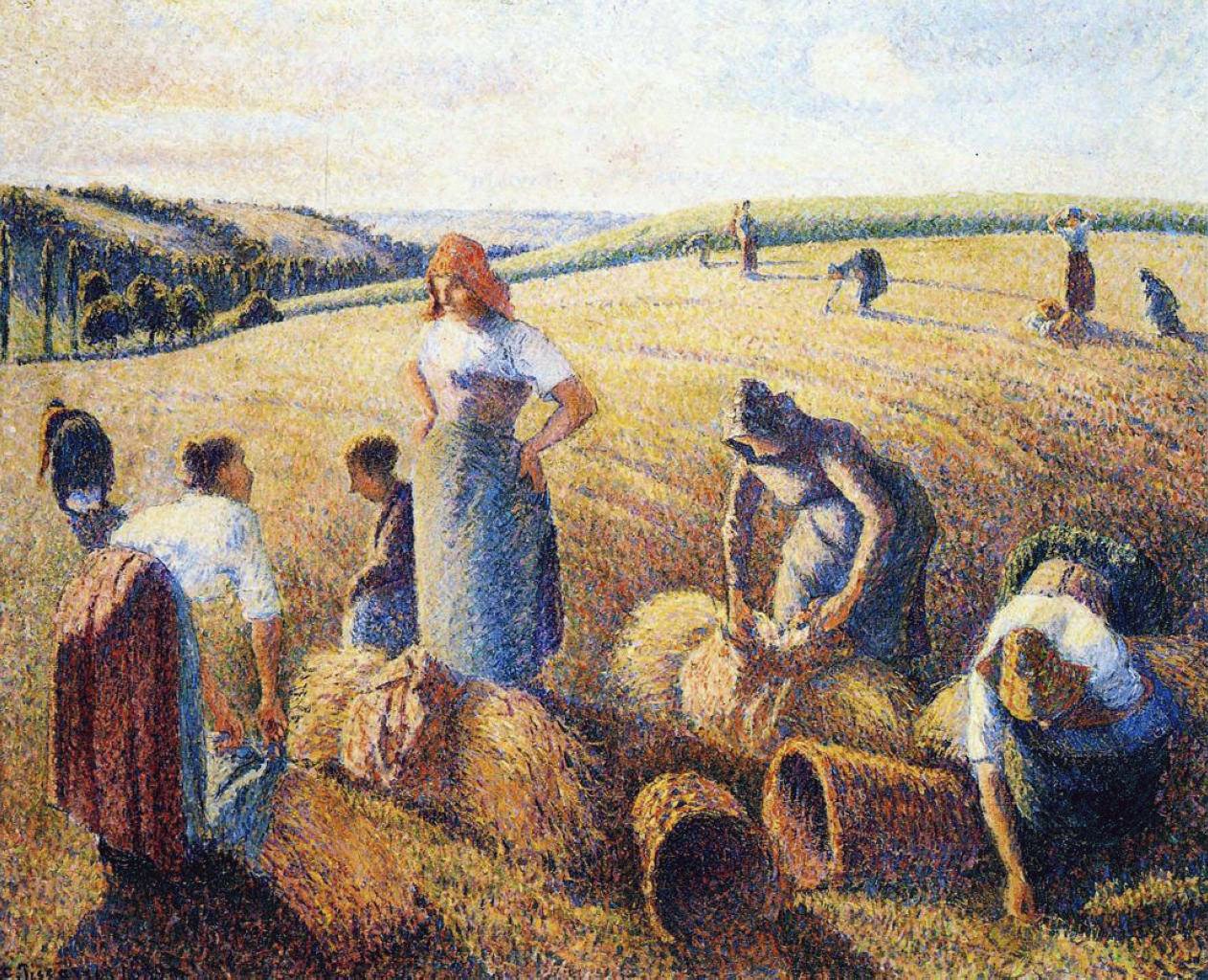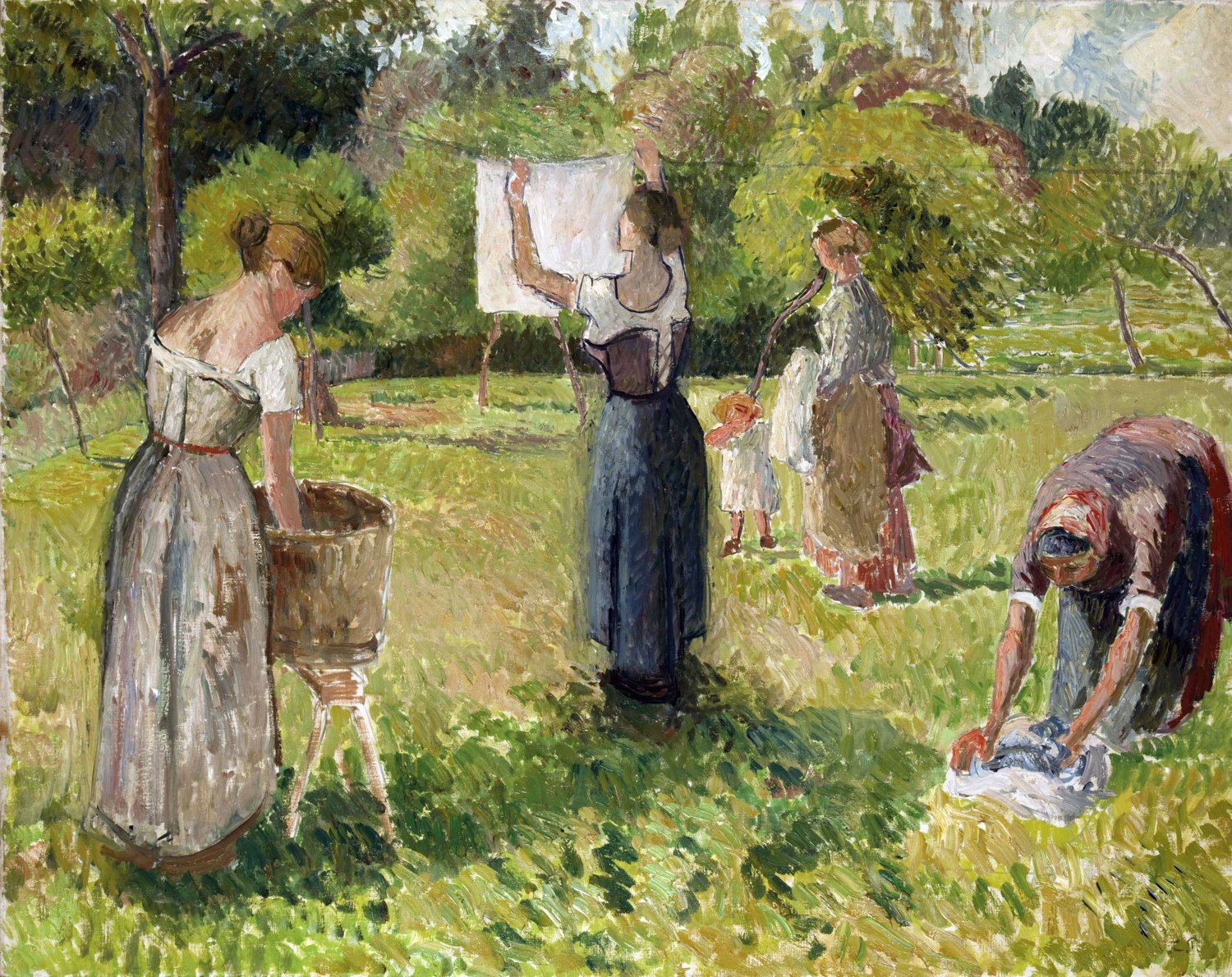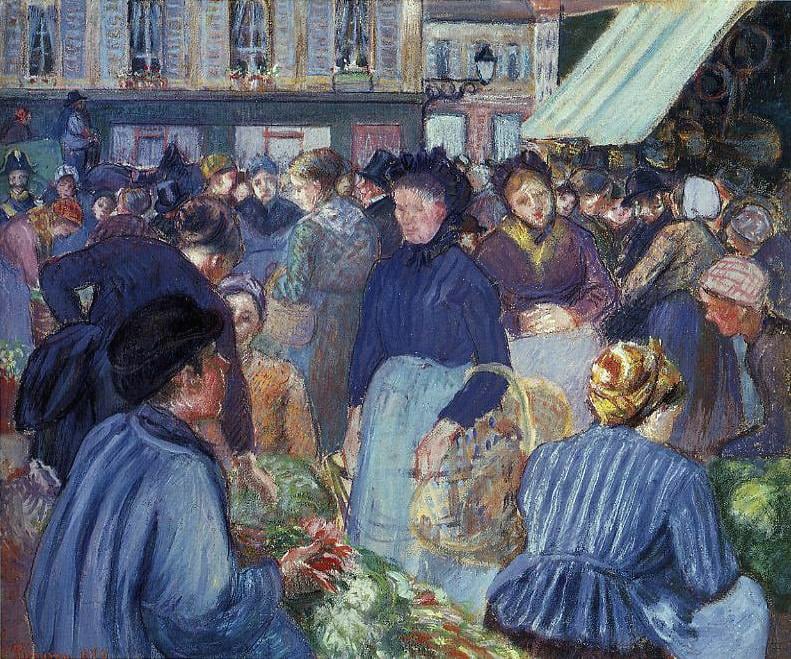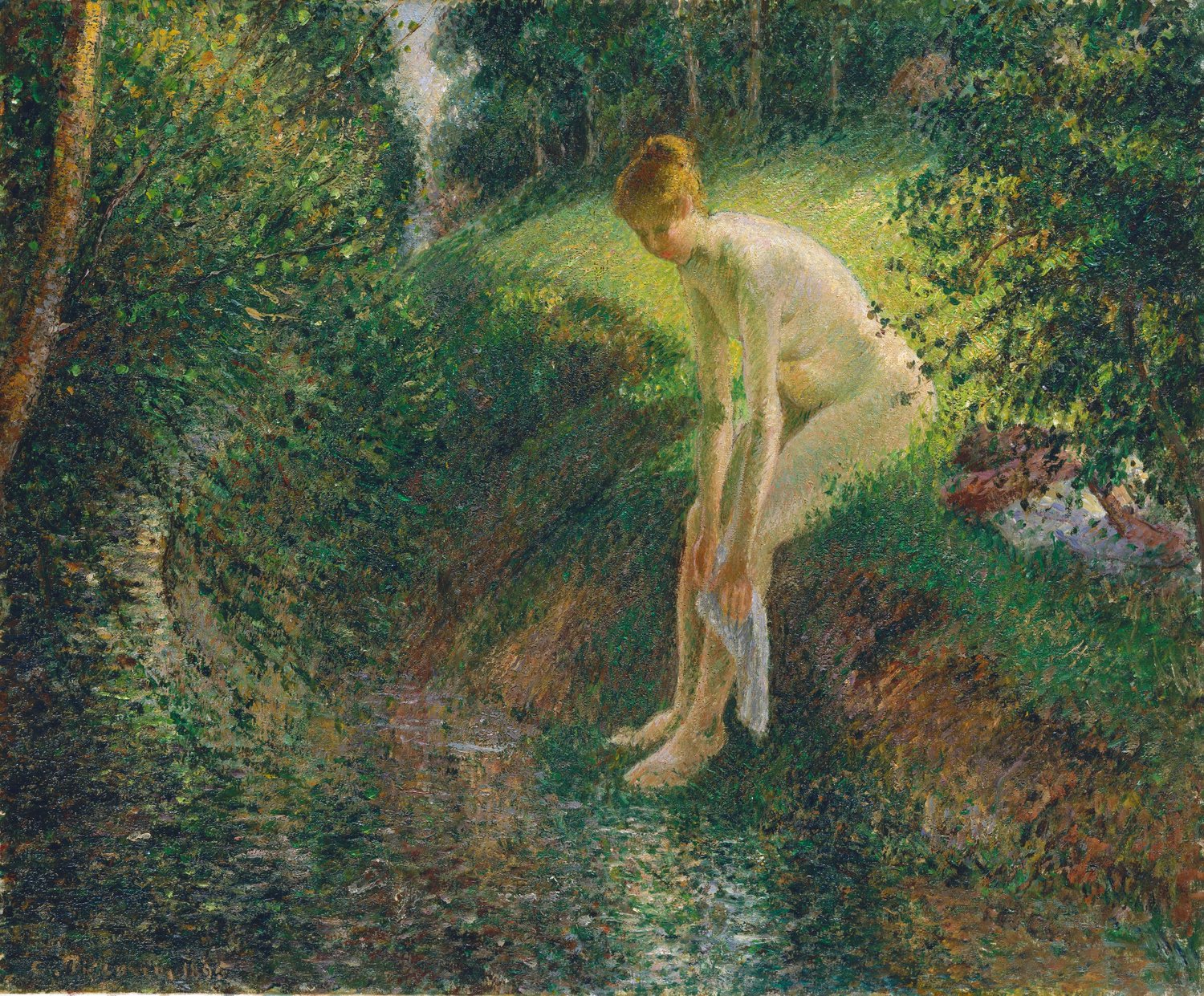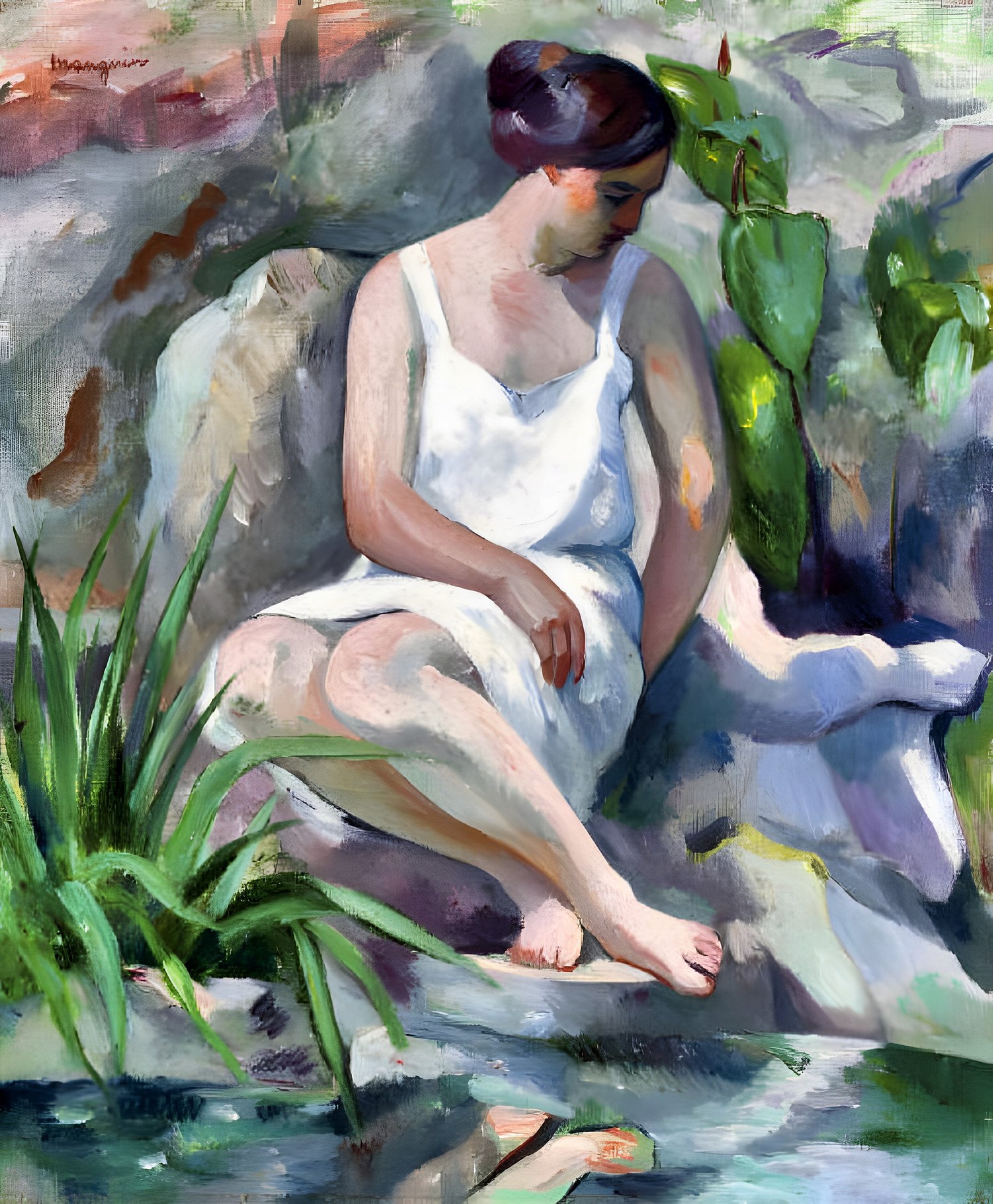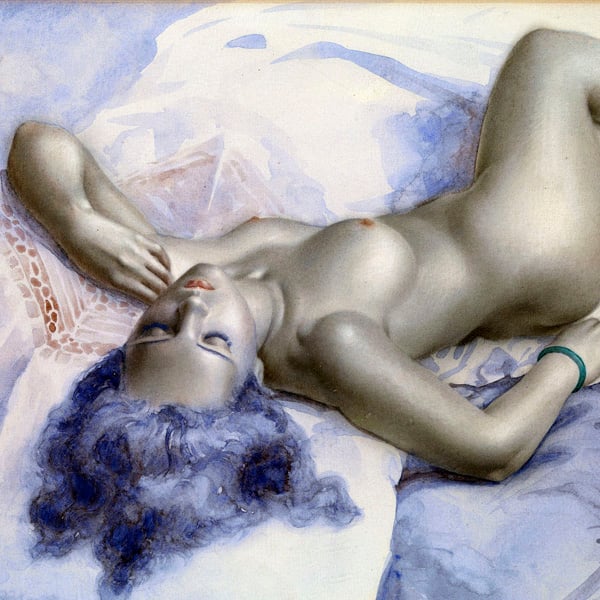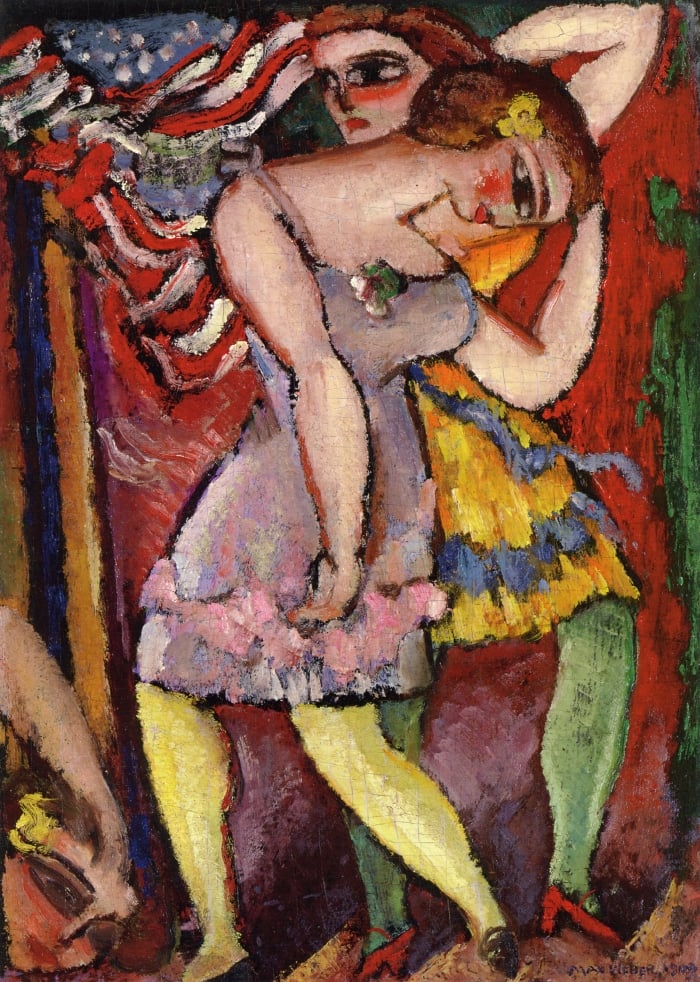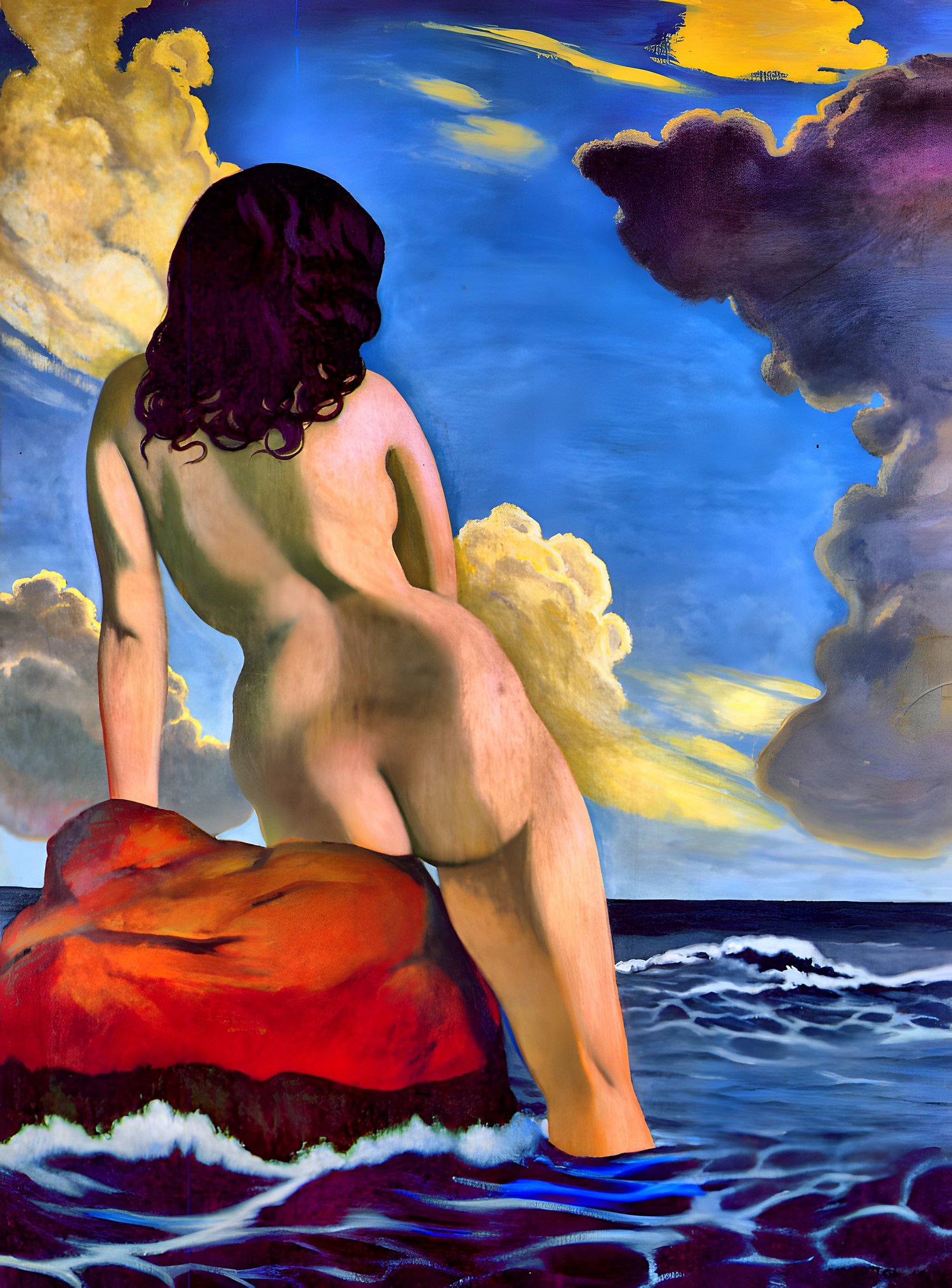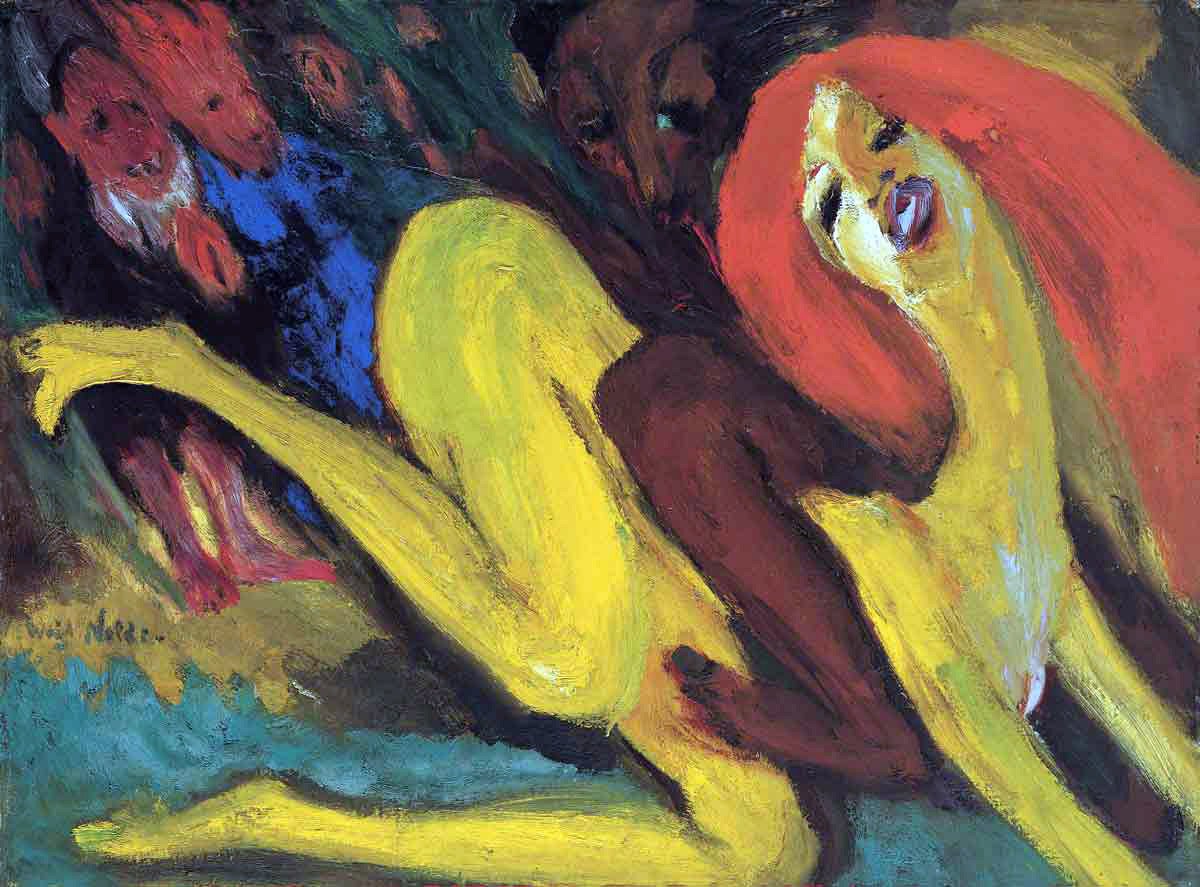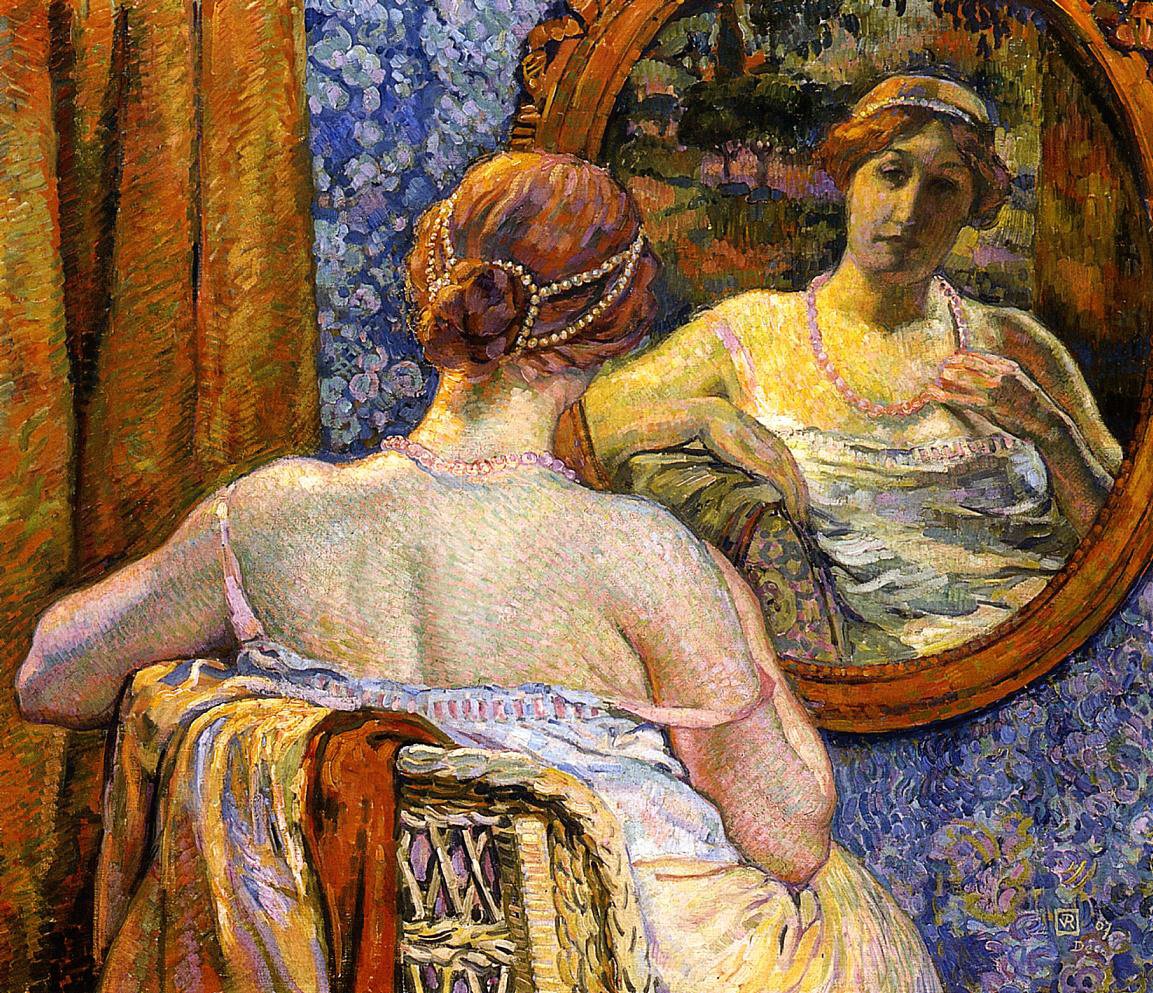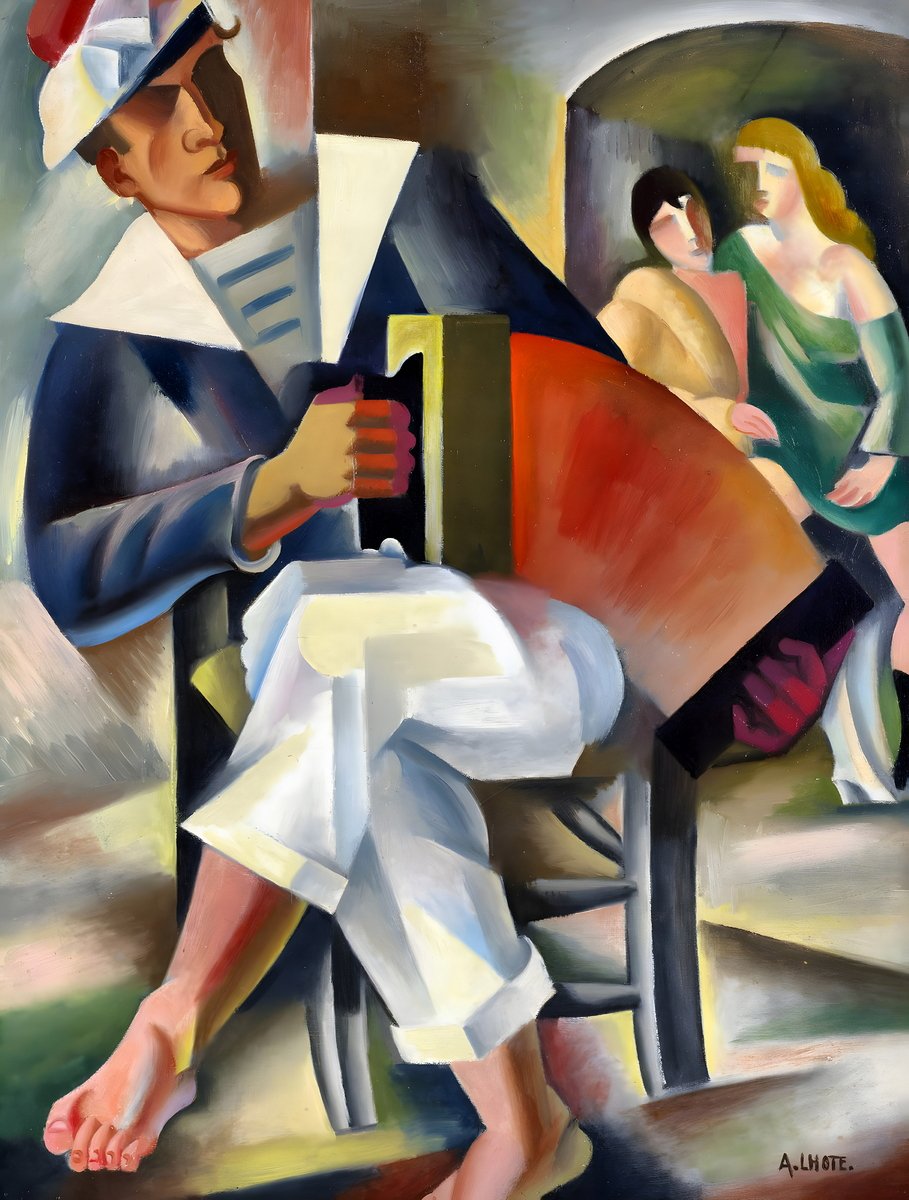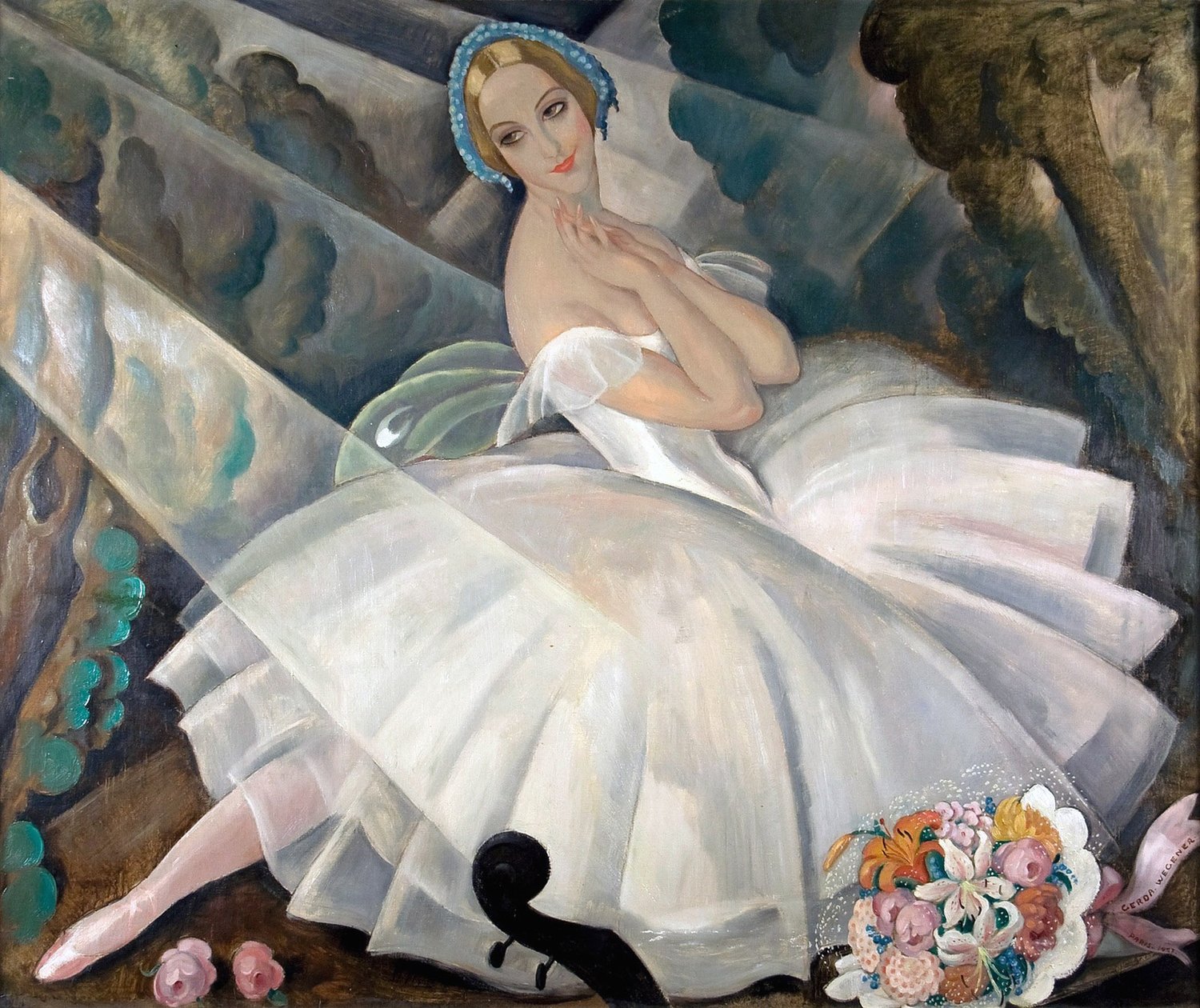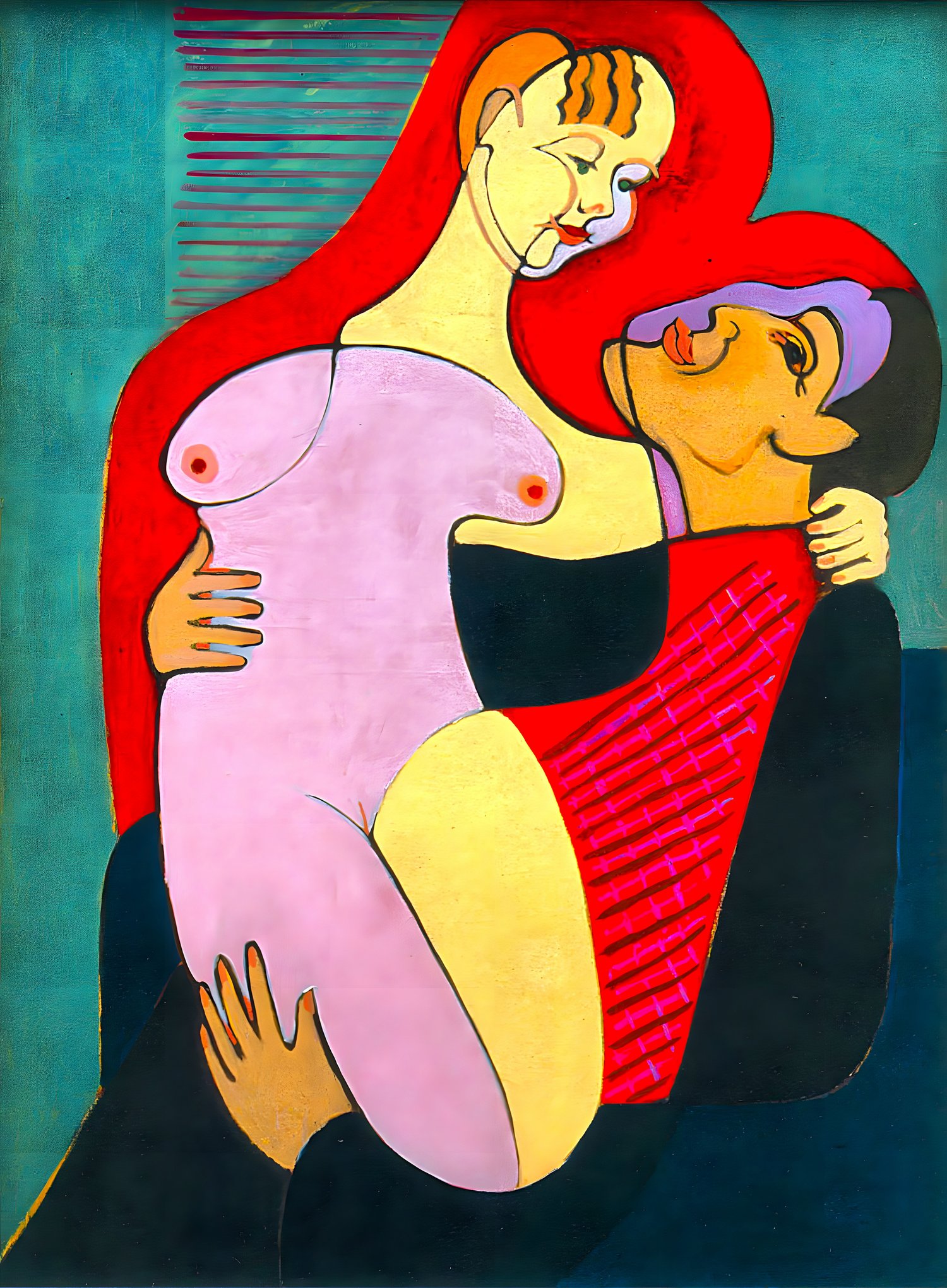French impressionist Camille Pissarro
On Sale
$0.00
$4.99

E-book in PDF-format with quantity of masterpieces of this artist + Video
Camille Pissarro was born in 1830 on the island of St. Thomas in the West Indies in a Jewish and Creole family. Such a violent mixture of blood and gave the world a real genius. When Camille was twelve years old, his father sent him to study at a boarding school in France. Already in his youth, the boy showed outstanding abilities to painting. Returning a few years later to his native island, Camille decided to draw and draw a lot.However, his father had other plans for his son, and saw his future in the home business. Working as a young clerk Pissarro all his free time indulged in his hobby, and soon young Danish artist Fritz Melbye, who also lived in St. Thomas, noticed his work. He persuaded his new friend to leave everything and go to Venezuela. Pissarro wrote a farewell letter to his parents and left his father's house for several years. During his wanderings in Venezuela, Pissarro draws everything he sees, gradually honing his skills.
He was particularly influenced by Gustave Courbet, Charles-François Daubigny, Jean-François Millet and, of course, Jean-Batist-Camille Corot. It was Corot who instilled in the young artist a love for the plein air, i.e. drawing outdoors. The first exhibition of Pissarro also took place under the strict guidance and patronage of Corot.
Often, Pissarro created the landscape, as they say, in one sitting, which made the work more realistic. In this wave in 1859, Pissarro became friends with a number of young artists, who also welcomed the new trends in art. Among them were Claude Monet, Armand Guillaumin and Paul Cézanne.
In 1859, Pissarro's parents decide to settle in Paris. Their move to France was another milestone in Camille’s life. He falls in love with her maid, a simple peasant girl, Julie, and marries her. The father did not recognize this marriage and stopped helping his son with money.
After the start of the Franco-Prussian War in 1870, Pissarro, who has Danish citizenship, leaves Paris for Great Britain. There he draws a lot and experiments with colors, not forgetting to learn new techniques of drawing from British artists.
While Pissarro lived in the environs of London, many of his French works, which remained in Paris, were destroyed during the hostilities. When the artist returned to France after the war, he found that out of 1,500 paintings he had written within 20 years, only 40 remained!
By the 80s of the 19th century, Pissarro "got tired" of the total passion for impressionism. He begins to learn new methods and techniques of painting and gradually moves away from, as he himself put it, the “artistic swamp”. Later, new works of master will be called "neo-impressionism".


